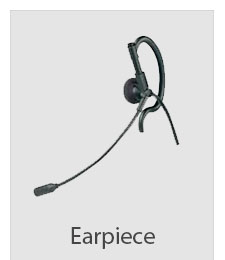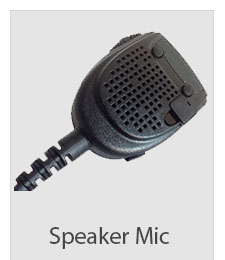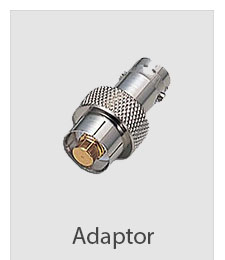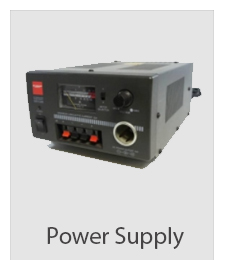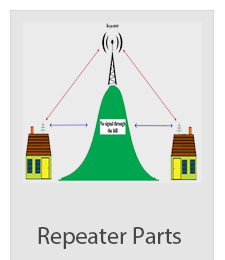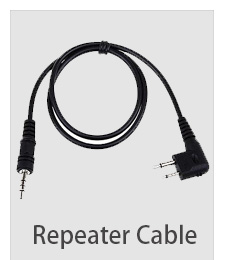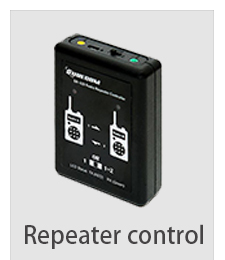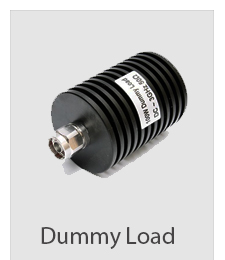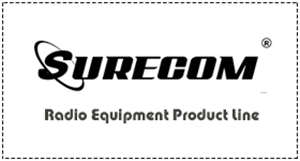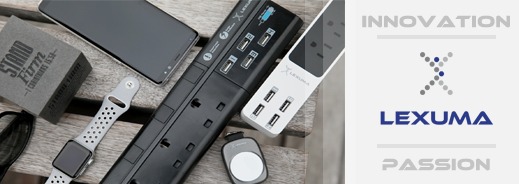SOFTWARE DEFINED RADIO
First off let’s reconcile what is meant by “radio”. If it sends or receives via radio frequency it has a radio in it. This means your WiFi router, your cellphone, your laptop, many water and electrical meters, your garage door opener (but not your TV remote, that uses light), wireless security system sensors, police radios, your wireless mouse/keyboard, and that quadcopter you keep crashing in the neighbor’s yard all have one. Radios are so prolific we’re tempted to tell you they’re in absolutely everything.
Radio used to be a lot harder. On the communications side of things you could buy an expensive radio receiver and/or transmitter that required a skilled operator to use. At a lower level, you would be looking at choosing a specific band and dealing with things like modulator, mixer, and filter design, along with plenty of roadblocks to manufacturing which would also lock you into a specific application.
Software-Defined Radio solves some of these problems by allowing you to control how the radio hardware functions based on software. The advent of this has also been boosted by the availability of inexpensive hardware produced at scale. It is not the end-all of radio, but it makes the problem easier. That has led to wider adoption but we think what has been seen so far is only the tip of the iceberg.
Seen here is the USRP N210 which is a professional tool used by hardware developers that work with RF in their products. This tool proved to be so popular that National Instruments bought designer Ettus Research and now incorporate the USRP with their LabVIEW systems. The midrange USRP-210 model is a very capable SDR, operating DC to 6 GHz.
The whole point of SDR is less need for specialized hardware. One module can address a wide range of uses, even those that are currently unknown. Building and shipping hardware has high overhead, but formulating and distributing software (or firmware) updates may have much lower associated costs. Devices communicating using SDR don’t lock a platform into one specific set of communications. For instance, if you sell a base unit and multiple remote units, switching up the communications method in version 2 could render older hardware useless. You will have happy customers if they can can continue using their old accessories after a simple upgrade. It’s entirely conceivable that such upgrades would be pushed over the air (like from a base unit) as is seen with many smartphones.
The multiplier is, of course, crowd-sourcing development. One forecast of the future is a connected world. If device firmware has been released as Open Source, a motivated community will find a way to make that hardware even more useful.
In the next section I’m going to talk about the DVB-T dongle seen here. But one important thing to realize about it is that the chip inside this device is an SDR and is already in use commercially. The versatility of the chipset inside proves the point that SDR is a viable choice in consumer hardware. I’d love to see reliable numbers on how many of these have been sold to watch television, versus to tinker with SDR. Either way it’s great for the companies churning them out.
https://www.409shop.com/shop.php
Telecommunications Knowledge
|






